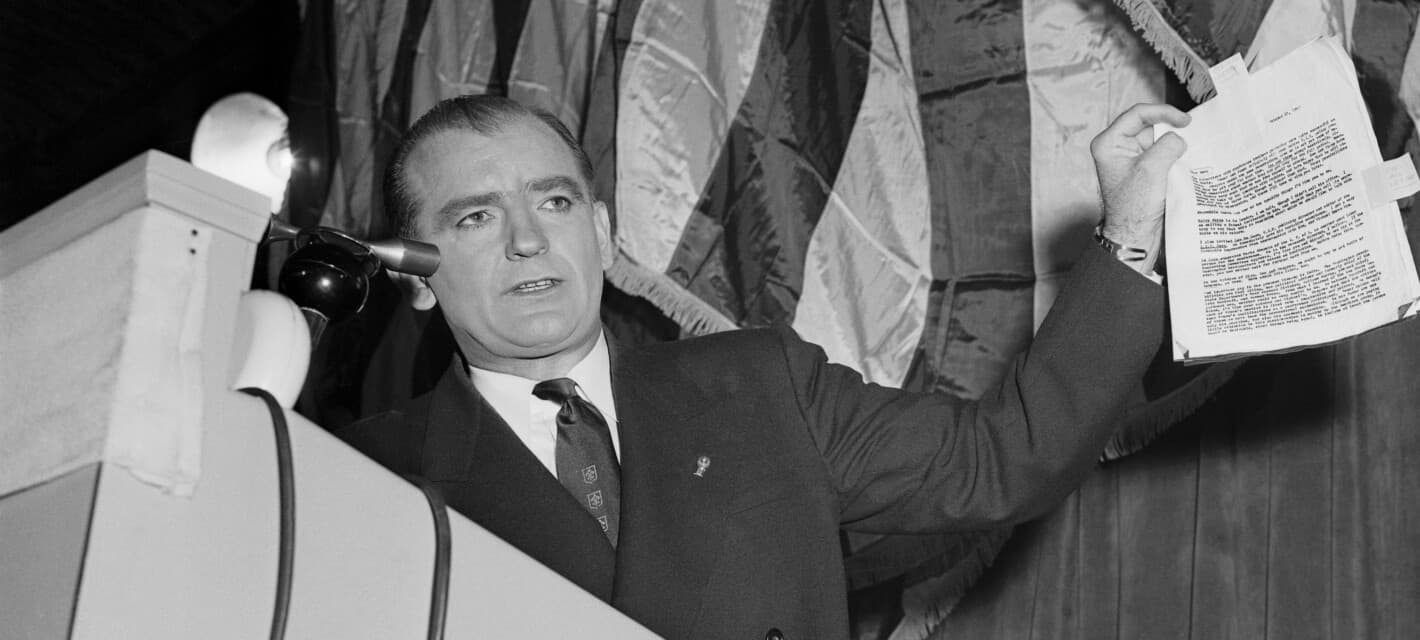Cold War tensions brought humanity to the brink of extinction more than once. For decades, two superpowers with enough nuclear weapons between them to end life on Earth many times overeyed each other with suspicion, their fingers over the button that would unleash Armageddon. Yet, for a conflict so serious, it had no shortage of absurd moments. Take the time when the DEA’s predecessor supplied America’s leading anti-communist demagogue with drugs. Or the inebriated secret agent whose drunk driving triggered the era’s biggest mass expulsion of spies. Following are thirty things about those and other odd Cold War stories.

30. That Time During the Cold War When the DEA’s Predecessor Supplied Senator Joseph McCarthy With Drugs
“McCarthyism”, the hurling of baseless accusations of subversion and treason, especially as it relates to communism and socialism, is named after Senator Joseph McCarthy of Wisconsin, an unscrupulous and unethical demagogue. In the early 1950s, as Cold War tensions rose, he alleged that he had discovered that Soviet spies had infiltrated the US government, universities, the film industry, and other vital sectors of the American economy. At first, he claimed that the communist agents numbered in the dozens, a figure that gradually grew until it reached the hundreds. He claimed to know their identities, and that he had their names in lists that he waved about wherever he went.
In reality, the “lists” were often random sheets of paper and sometimes even blank ones, and the spies were figments of McCarthy’s imagination. He simply made the whole thing up, but because a lie travels halfway around the world while the truth is still tying its shoe laces, it worked. McCarthy whipped up and rode a wave of anti-communist hysteria known as the Second Red Scare (the first one occurred in 1918 – 1920) to national prominence before he was finally censured by the US Senate and his career cratered. Among many things that were later uncovered about the seedy Senator is that he was a drug addict. Less known, as seen below, is that his drugs were supplied by the DEA’s predecessor.

